Art has long been a universal language, capable of transcending cultural boundaries and speaking directly to the human experience. As we explore the intricate relationship between art and culture, we find ourselves immersed in a rich tapestry of diverse expressions, each woven from the threads of history, tradition, and innovation. From the vibrant colors of African textiles to the serene landscapes of Asian calligraphy, art serves as a window into the soul of a society, revealing its values, beliefs, and aspirations. In this article, we delve into the complex dynamics of art and culture, examining how they intersect, influence, and reflect one another across time and place.
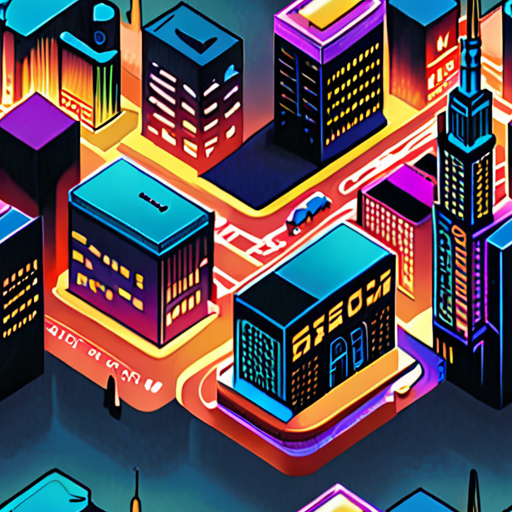
Art Influences and Reflects Cultural Identity
As an artist and art enthusiast, I’m often fascinated by the ways in which art shapes and reflects our cultural identity.
- The power of art lies in its ability to transcend borders and languages, speaking directly to our emotions and experiences.
- From ancient civilizations to modern-day societies, art has played a vital role in shaping our collective identity and preserving our cultural heritage.
- Through its vibrant expressions, art reveals unique traditions, values, and histories that define us as individuals and communities.
Cultural Expression Through Art
Art is a universal language that allows us to express ourselves, tell our stories, and connect with others on a deeper level.
- Paintings, sculptures, and installations can evoke emotions, spark conversations, and challenge our perspectives.
- Music, dance, and theater performances bring people together, celebrating our diversity and shared humanity.
- Traditional crafts, textiles, and folk arts preserve our cultural heritage, passing down knowledge and skills from generation to generation.
Shaping Societal Values and Norms
Art has the power to shape societal values and norms, influencing the way we think, feel, and behave.
- Public art installations can transform urban landscapes, promoting social change and community engagement.
- Film and literature can raise awareness about social issues, inspiring empathy and activism.
- Visual arts can challenge stereotypes and promote inclusivity, fostering a more compassionate and understanding society.
Preserving Cultural Heritage
Art plays a crucial role in preserving our cultural heritage, documenting our history, and honoring our ancestors.
- Museums and galleries showcase our collective cultural achievements, providing a window into the past and present.
- Architectural landmarks and historical monuments stand as testaments to our cultural legacy, connecting us to our roots.
- Intangible cultural heritage, such as music, dance, and oral traditions, continues to evolve, reflecting our dynamic cultural identity.
Embracing Diversity and Inclusion
Art celebrates our diversity, promoting cross-cultural understanding and exchange.
- Global art movements, such as Afrofuturism and Latinx art, highlight the contributions and experiences of underrepresented communities.
- Collaborative projects and exhibitions bring artists from different backgrounds together, fostering dialogue and creativity.
- Community-based art initiatives empower marginalized voices, amplifying their stories and struggles.
Conclusion
Exploring the Intersection of Traditional and Contemporary Art Movements
As an artist and art enthusiast, I’m often fascinated by the ways in which traditional and contemporary art movements intersect with diverse cultures.
- The traditional art movement has its roots in ancient civilizations, with a focus on realism, symbolism, and storytelling.
- Contemporary art, on the other hand, is characterized by its experimental nature, pushing boundaries and challenging societal norms.
Diverging Perspectives
Traditional art often reflects the values and beliefs of a particular culture, whereas contemporary art seeks to disrupt and challenge those very same values.
- For instance, traditional African art is known for its vibrant colors and intricate patterns, reflecting the rich cultural heritage of the continent.
- In contrast, contemporary African art often explores themes of identity, colonialism, and social justice, offering a critical perspective on the past and present.
Cultural Exchange and Fusion
The intersection of traditional and contemporary art movements can lead to fascinating cultural exchange and fusion.
- For example, the blending of traditional Japanese art with modern Western influences has resulted in unique styles like ukiyo-e woodblock prints.
- Similarly, the fusion of traditional Native American art with contemporary themes has given rise to powerful works addressing issues like environmental degradation and social inequality.
Breaking Down Barriers
By embracing the diversity of traditional and contemporary art movements, we can break down barriers and foster greater understanding between cultures.
At Artfull Journey , we believe in celebrating the richness of global art traditions while promoting innovation and creativity.
We invite you to join us on this journey of discovery, exploring the exciting intersections of traditional and contemporary art movements.
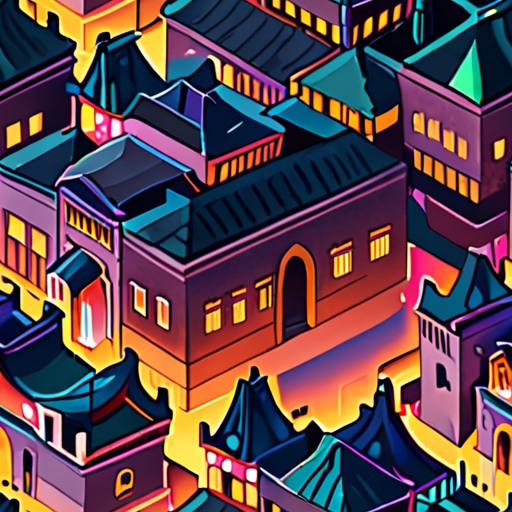
Shaping Modern Art: The Impact of Cultural Traditions and Historical Events
As an artist and art enthusiast, I’m often fascinated by the ways in which cultural traditions and historical events influence the evolution of modern art. From the Renaissance to the present day, art has been shaped by the societal, political, and economic contexts in which it was created. In this article, we’ll explore the significant role that cultural traditions and historical events have played in shaping the vibrant landscape of modern art culture.
I believe that understanding these influences can help us appreciate the diversity and richness of modern art, and perhaps even inspire our own creative endeavors.
The Power of Cultural Traditions
Cultural traditions have long played a significant role in shaping the development of art. From the intricate patterns of African textiles to the majestic architecture of ancient Greece, cultural heritage has inspired countless works of art throughout history. Today, artists continue to draw upon these traditions, incorporating elements of their cultural background into their work.
- African American artists, such as Romare Bearden and Faith Ringgold, have drawn upon African American cultural traditions to create powerful works of art that reflect the experiences and struggles of their community.
- Latin American artists, such as Frida Kahlo and Diego Rivera, have incorporated elements of Mexican folk art and mythology into their work, reflecting the rich cultural heritage of their homeland.
- Asian artists, such as Yayoi Kusama and Takashi Murakami, have drawn upon Japanese and Korean cultural traditions to create vibrant and thought-provoking works of art.
The Impact of Historical Events
Historical events have also had a profound impact on the development of modern art. Wars, revolutions, and social movements have all contributed to the creation of new art forms and styles. For example:
- The rise of abstract expressionism in the 1940s and 1950s was influenced by the trauma and anxiety of World War II.
- The civil rights movement of the 1960s led to the creation of powerful works of art that reflected the struggles and triumphs of African Americans.
- The fall of communism in Eastern Europe in the late 1980s and early 1990s led to a surge in avant-garde art, as artists sought to express their newfound freedom and creativity.
The Intersection of Culture and History
The intersection of cultural traditions and historical events has given rise to some of the most innovative and influential art of the past century. By drawing upon their cultural heritage and responding to the challenges and opportunities of their time, artists have created works of art that are both deeply personal and universally relatable.
I hope this article has inspired you to explore the fascinating world of modern art, and to consider the ways in which cultural traditions and historical events continue to shape its evolution.
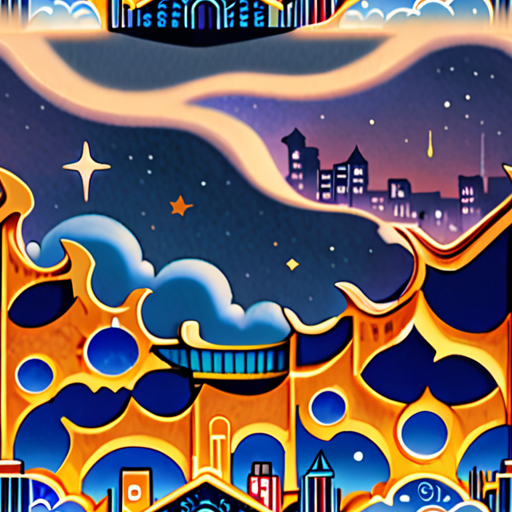
How Art Reflects and Shapes Cultural Values and Norms
As an artist and art enthusiast, I’m often fascinated by the ways in which art reflects and shapes the cultural values and norms of its time.
- The relationship between art and culture is complex and multifaceted, influenced by a variety of factors including social, economic, and historical contexts.
- Art can serve as a mirror to society, reflecting the values, beliefs, and attitudes of the time period in which it was created.
- At the same time, art has the power to shape cultural values and norms, influencing the way people think, feel, and behave.
Ways in Which Art Reflects Cultural Values and Norms
- Social Commentary: Many works of art serve as social commentary, critiquing societal norms and values.
- Cultural Identity: Art can reflect and shape cultural identity, representing the experiences, traditions, and values of diverse communities.
- Historical Context: Art is often created within a specific historical context, reflecting the politics, economics, and social conditions of the time.
Ways in Which Art Shapes Cultural Values and Norms
- Influencing Public Opinion: Art can influence public opinion, shaping the way people think and feel about important issues.
- Challenging Social Norms: Art can challenge social norms, pushing boundaries and encouraging people to think differently.
- Preserving Cultural Heritage: Art can preserve cultural heritage, documenting and celebrating the traditions and values of past societies.
Exploring the Intersection of Art and Culture
At Artfull Journey, we’re passionate about exploring the intersection of art and culture, examining the ways in which art reflects and shapes the values and norms of its time.
We believe that art has the power to transform lives, challenging us to see the world in new and unexpected ways.
Join us on this journey of discovery, as we explore the complexities and nuances of art and culture.
Transcending Cultural Boundaries Through Art
Art has long been a powerful tool for bridging cultural divides, allowing us to connect with others across geographical and linguistic barriers.
- The universal language of art enables people from diverse backgrounds to share emotions, ideas, and experiences, fostering empathy and understanding.
- Through its ability to convey complex emotions and thoughts, art provides a common ground for people to relate to one another, despite differences in culture, language, or socioeconomic status.
- By tapping into our shared human experiences, art encourages us to look beyond our individual perspectives and appreciate the richness of global cultures.
The Intersection of Creativity and Community
When we engage with art, we become part of a larger community that transcends borders and boundaries.
- We find ourselves connected to others who share our passions and interests, forming a sense of belonging and identity.
- As we explore the world of art, we discover new ways of expressing ourselves and communicating with others, breaking down cultural and social barriers.
- Through art, we can challenge our assumptions, broaden our horizons, and develop a deeper appreciation for the diversity of human experience.
Celebrating Local Identities While Embracing Universality
While art allows us to transcend cultural boundaries, it also celebrates the unique qualities and traditions of each society.
- Local art forms, such as music, dance, and crafts, reflect the distinct spirit of each community, preserving cultural heritage and promoting national pride.
- At the same time, these local expressions often share common themes and motifs with art from other parts of the world, highlighting the interconnectedness of human experience.
- By embracing both universality and local identity, art reminds us that our individuality is rooted in a shared humanity, while also acknowledging the rich tapestry of cultural diversity that surrounds us.
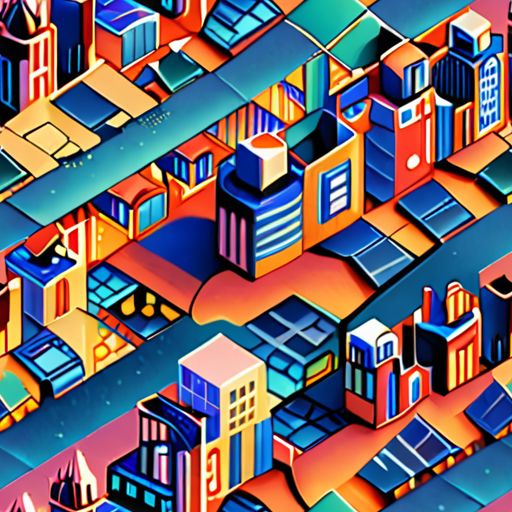
Unveiling the Intersection of Art and Culture
The world of art and culture is a vast and intricate tapestry, woven from threads of creativity, imagination, and human experience. As we navigate this complex landscape, it becomes increasingly evident that the boundaries between art and culture are blurred, intersecting in ways that shape our perceptions, emotions, and understanding of the world around us.
- The Power of Artistic Expression: Art has long been a powerful medium for self-expression, allowing individuals to convey emotions, ideas, and experiences in a unique and personal manner. From the brushstrokes of a painter to the notes of a composer, art has the ability to evoke feelings, spark imagination, and challenge societal norms.
- Cultural Significance: Culture plays a vital role in shaping our identities, values, and beliefs. It influences the way we perceive ourselves, others, and the world around us. By exploring the cultural context of art, we gain a deeper understanding of its significance, symbolism, and impact on society.
- The Interplay Between Art and Culture: The intersection of art and culture is a dynamic and reciprocal process. Art reflects and shapes culture, while culture informs and inspires art. This interplay gives rise to new forms of expression, challenges traditional norms, and fosters innovation and creativity.
Exploring the Dynamics of Art and Culture
To truly appreciate the intersection of art and culture, it’s essential to delve into the complexities of this relationship. Here are some key aspects to consider:
- Artistic Movements and Cultural Context: Different artistic movements, such as Impressionism, Cubism, or Abstract Expressionism, emerged from specific cultural contexts, reflecting the values, attitudes, and experiences of their time.
- Cultural Icons and Artistic Representations: Cultural icons, such as symbols, myths, or legends, often find their way into art, serving as powerful representations of cultural identity and heritage.
- Globalization and Cultural Exchange: The increasing globalization of art and culture has led to a rich exchange of ideas, styles, and techniques, resulting in the creation of new and innovative forms of expression.
Navigating the Intersection of Art and Culture
As we navigate the complex landscape of art and culture, it’s crucial to approach this intersection with sensitivity, respect, and an open mind. By doing so, we can:
- Foster Cross-Cultural Understanding: Engage with diverse artistic expressions, acknowledging the cultural context and significance of each work.
- Encourage Creative Innovation: Embrace the interplay between art and culture, allowing yourself to be inspired by new ideas, styles, and perspectives.
- Develop a Deeper Appreciation: Cultivate a nuanced understanding of the artistic and cultural forces that shape our world, leading to a richer and more meaningful engagement with art and culture.
Conclusion
The intersection of art and culture is a multifaceted and dynamic phenomenon, offering endless opportunities for exploration, discovery, and growth. By embracing this intersection, we can develop a deeper appreciation for the artistic and cultural forces that shape our world, fostering cross-cultural understanding, encouraging creative innovation, and cultivating a more nuanced and empathetic perspective on the world around us.
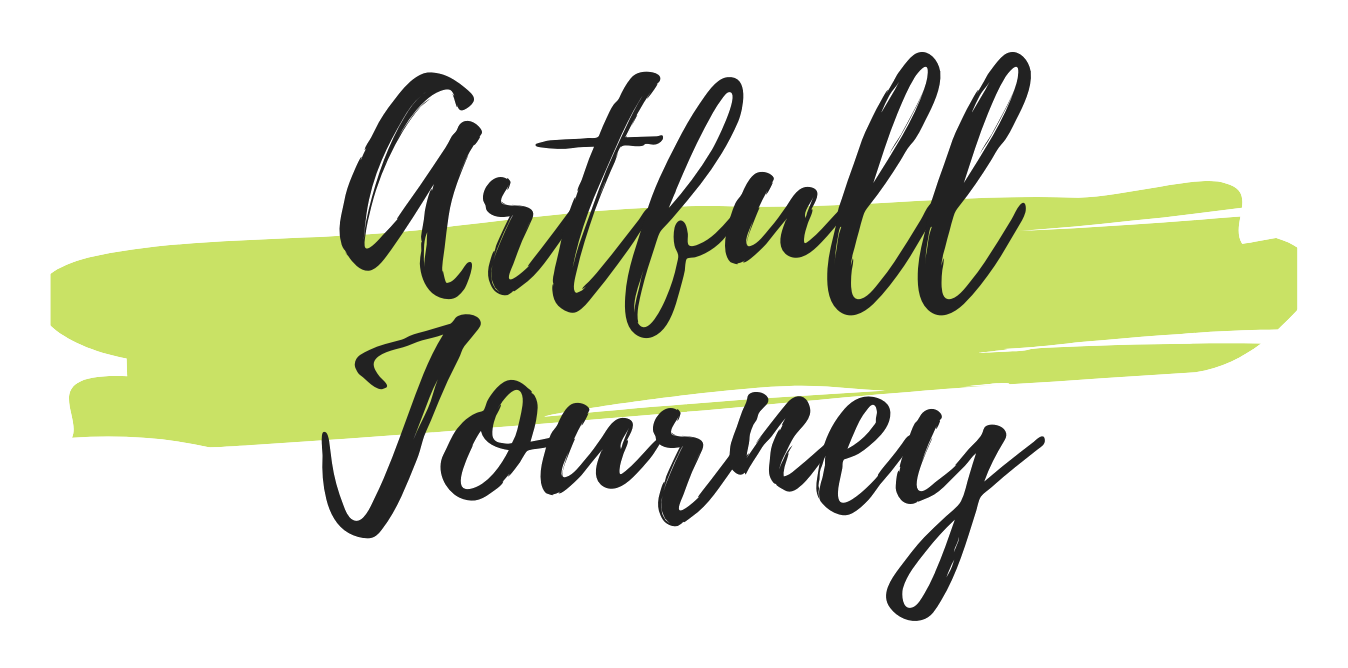
0 Comments